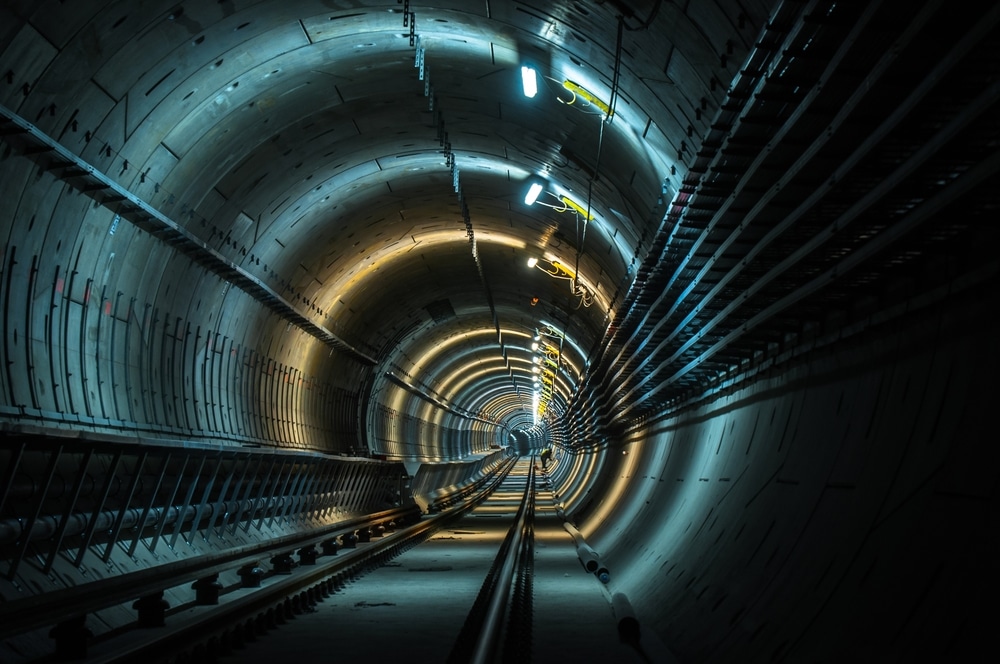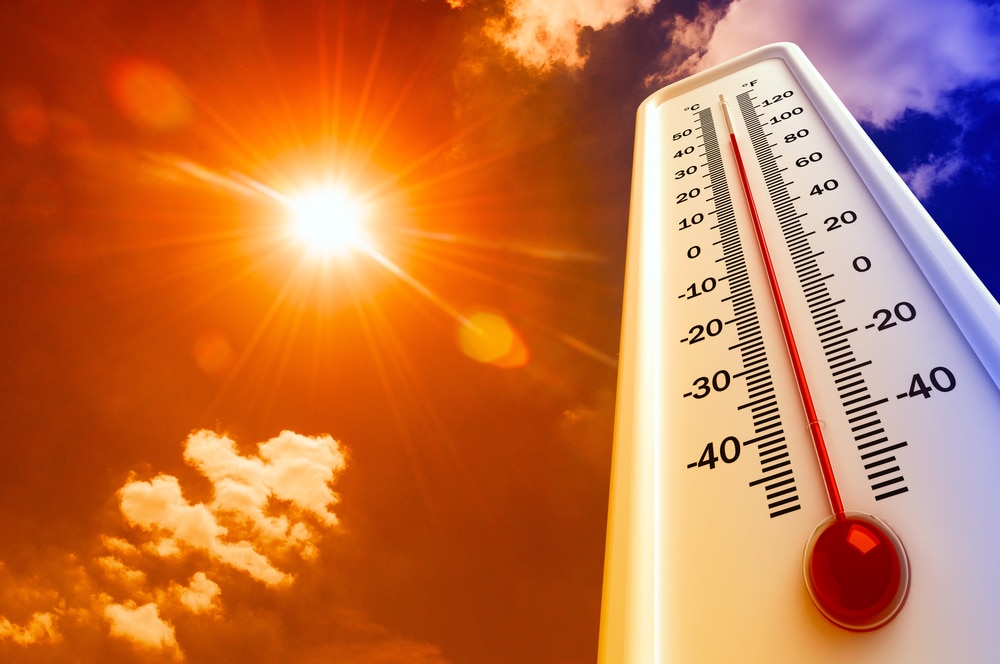Many monumental scientific endeavors are underway in the depths of Kaiping, southeast China. Seven hundred meters below the earth’s surface lies the Jiangmen Underground Neutrino Observatory (JUNO).
This underground facility will commence operations by the end of this year. Its goal is to increase our knowledge of the universe’s fundamental particles, neutrinos.
Led by physicist Yuekun Heng from the Chinese Academy of Sciences’ Institute of High Energy Physics, JUNO represents a $376 million investment in scientific research.
It will become the first of several ambitious neutrino detectors worldwide. The other counterparts in Japan and the United States will come online in the coming years.
The primary objective of JUNO is to tackle one of the most asked questions in physics: the determination of neutrino mass hierarchy. Neutrinos are elusive subatomic particles that penetrate the universe in large numbers.
They are pretty small, with very tiny masses, yet they play a huge role in shaping the universe’s evolution. If scientists can discern which type of neutrino possesses the highest mass, they can unravel the mysteries surrounding the particles.
JUNO’s unique approach sets it apart from its counterparts. Japan’s Hyper-Kamiokande and the United States’ Deep Underground Neutrino Experiment rely on different detection mediums. However, JUNO utilizes a liquid scintillator to capture neutrino interactions.
On 7 March, researchers at the observatory started filling a miniature version of the detector with a liquid scintillator. This model will test whether the scintillator is pure enough to help researchers crack the mass-order problem.
The detector is spherical and submerged in 35,000 tonnes of high-purity water. The shielded environment ensures protection against cosmic rays, allowing for precise measurements of neutrino interactions.
“Like telescopes that view the cosmos at different wavelengths, having several neutrino detectors that use distinct techniques to observe neutrinos from various sources, such as the Sun and nuclear power stations, will allow researchers to develop a better understanding of neutrino characteristics and the role of these particles in the Universe,” Mary Bishai, a physicist at the Brookhaven National Laboratory in New York and co-spokesperson for the US observatory, told Nature. “It gives us a unique way of checking that our picture is consistent.”
Furthermore, over 40,000 photomultiplier tubes will record the faint flashes of light produced when neutrinos interact with matter. The flashes will help the researchers distinguish them from background noise.

















